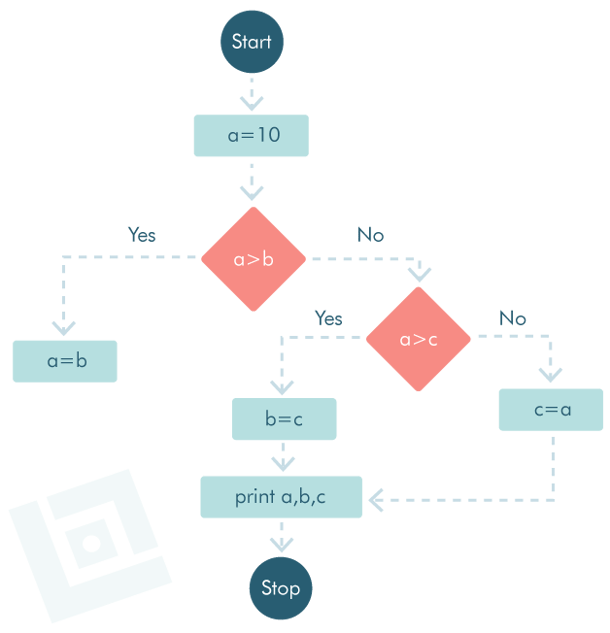
Cyclomatic complexity is a crucial software metric used to measure the complexity of a program. It offers insights into the number of linearly independent paths through a program's source code directly relating to its control flow graph. This metric is crucial for understanding, testing, and maintaining software, as it helps pinpoint areas that require more rigorous testing or potential redesign to enhance maintainability and readability.
Understanding Cyclomatic Complexity
Cyclomatic complexity is grounded in the structure of a program's control flow graph, which represents all paths traversing through the program during its execution. In this graph:
- Nodes represent parts of the source code that have no control flow statements, meaning they are blocks of instructions executed linearly.
- Edges symbolize the control flow between these blocks, dictated by programming constructs like loops (for, while), conditional statements (if, switch), etc.
A program with a straightforward, linear execution path without control flow statements (like loops or conditions) has a cyclomatic complexity of 1, indicating minimal complexity. Conversely, each additional control flow element introduces new paths, increasing the complexity.
Calculation of Cyclomatic Complexity
It counts the number of decision points in the program's source code, such as if statements, loops, and switch cases. The higher the cyclomatic complexity, the more complex the program is, making it harder to understand, test, and maintain.
There are several methods to calculate the cyclomatic complexity of a program. Some of them are discussed below.
Method 1: The following formula can be used to determine the cyclomatic complexity of a control flow graph G or V(G).
V(G) = E - N + 2*P
where
E is the number of edges
N is the number of nodes
P is the number of connected components (exit points).
Method 2: Cyclomatic complexity can also be calculated by
V(G) = P + 1
where P is the number of nodes containing conditions
Method 3: Cyclomatic complexity is the number of regions in the control flow graph. Here is an example of understanding cyclomatic complexity calculation.
a = 15;
if (a > b) then
a = b;
else
{
if (a > c) then
b = c;
else
c = a;
end if;
}
end if;
print a
print b
print c
Control Flow Graph

Using Method 1:
E = 10, N = 9, P = 1
Hence, V(G) = E - N + 2*P = 10 - 9 + 2 * 1
V(G) = 3
Using Method 2:
P = 2
Hence, V(G) = P + 1 = 2 + 1
V(G) = 3
Using Method 3:
Number of regions in the control flow graph = 3
Hence, V(G) = 3
For this example, all three methods yield a cyclic complexity of 3, indicating three independent paths through the program's control flow.
Significance
Cyclomatic complexity is crucial for identifying the minimum number of test cases needed for thorough testing. A higher complexity score suggests more paths, indicating a potentially more challenging codebase to test and maintain. Thus, understanding and calculating cyclomatic complexity is essential for software quality assurance, aiding developers and testers in improving code structure and ensuring comprehensive test coverage.


Post a Comment